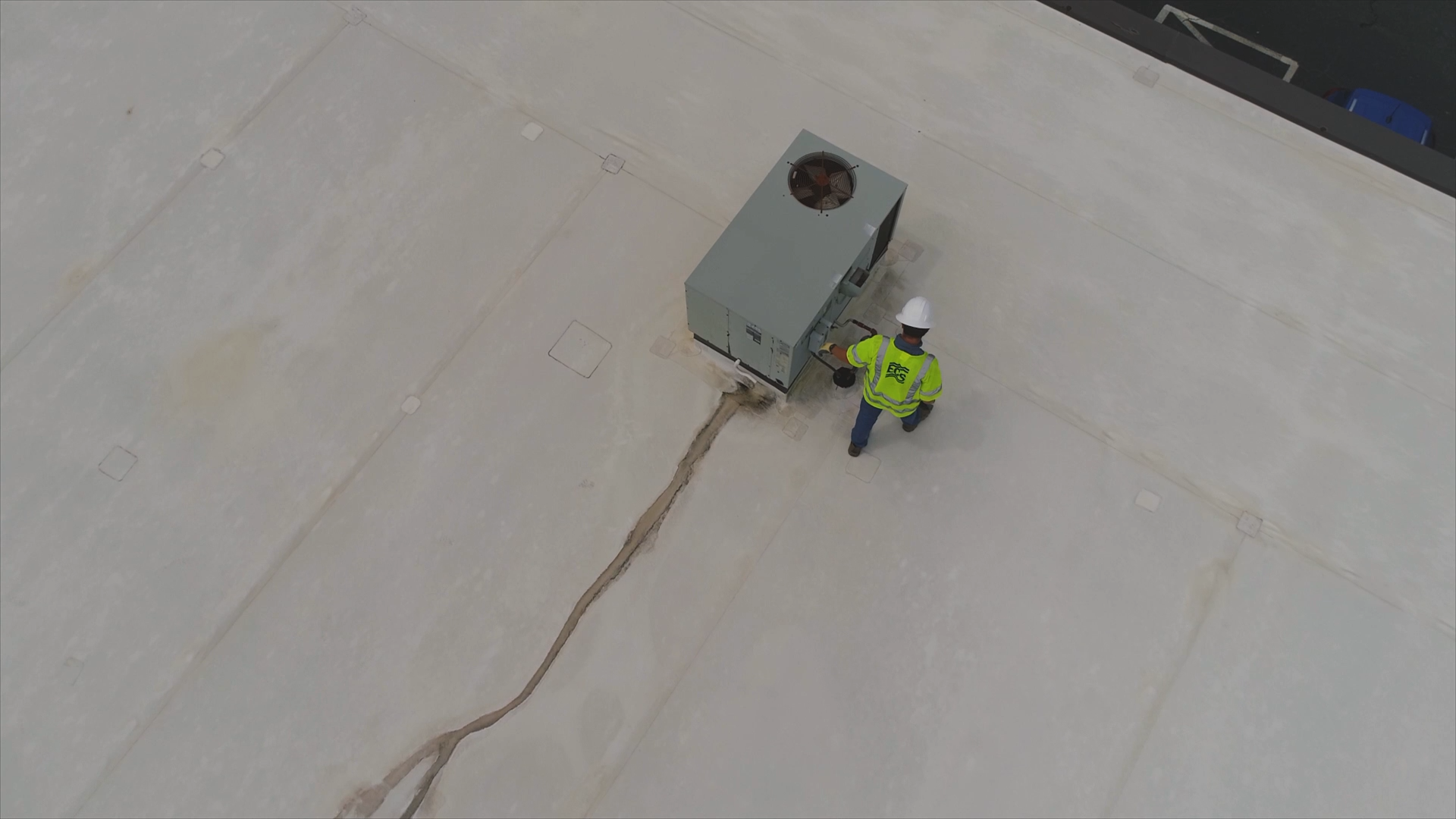Recognizing the Value of Air Leakage Testing
Airtight buildings contribute to lower energy usage, improved indoor air quality and increased occupant comfort. This testing is part of a comprehensive package of enclosure testing to verify the building enclosure’s performance.
Air Leakage Testing for Financial and Environmental Benefits
A building’s airtightness directly affects its overhead costs. Gaps and breaks in the structure’s enclosure allow unwanted air penetration and leaks that adversely impact heating and cooling bills. Once professionals resolve the issues, occupants can lower their energy consumption to save money. Less use translates into fewer greenhouse gases and a reduced carbon footprint.
Air leakage testing is also valuable for identifying the correct airflow and size for HVAC equipment. Installing the proper systems allows them to run more efficiently and may help extend their life spans for additional savings and eco-friendliness.
How Air Leakage Testing Augments Project Quality
Since air leakage testing identifies drafts, leaks and gaps, it leads directly to higher-quality results. Discovering and logging inconsistencies can point to plan or construction flaws that professionals can resolve going forward for better building enclosure design. Plus, air leakage testing verifies that projects meet intended or specified standards and comply with regulations.
Ensuring Comfortable Interiors with Air Leakage Testing
Drafty interiors are more than inefficient — they are also uncomfortable and can pose additional issues, such as potential health risks.
By discovering and remediating leakage issues, your building can maintain more consistent and comfortable interior temperatures.
A building air leakage test also uncovers structural vulnerabilities that could allow undesirable moisture buildup. Excess interior condensation can lead to mold growth and respiratory irritation, with more pronounced symptoms in highly sensitive people.
Additionally, assessments can help you discover what exterior contaminants may be making their way into your building and impacting its indoor air quality. Results indicate whether the structure needs additional ventilation support or other air quality management solutions.
Recognizing the Value of Air Leakage Testing
Airtight buildings contribute to lower energy usage, improved indoor air quality and increased occupant comfort. This testing is part of a comprehensive package of enclosure testing to verify the building enclosure’s performance.
Air Leakage Testing for Financial and Environmental Benefits
A building’s airtightness directly affects its overhead costs. Gaps and breaks in the structure’s enclosure allow unwanted air penetration and leaks that adversely impact heating and cooling bills. Once professionals resolve the issues, occupants can lower their energy consumption to save money. Less use translates into fewer greenhouse gases and a reduced carbon footprint.
Air leakage testing is also valuable for identifying the correct airflow and size for HVAC equipment. Installing the proper systems allows them to run more efficiently and may help extend their life spans for additional savings and eco-friendliness.
How Air Leakage Testing Augments Project Quality
Since air leakage testing identifies drafts, leaks and gaps, it leads directly to higher-quality results. Discovering and logging inconsistencies can point to plan or construction flaws that professionals can resolve going forward for better building enclosure design. Plus, air leakage testing verifies that projects meet intended or specified standards and comply with regulations.
Ensuring Comfortable Interiors with Air Leakage Testing
Drafty interiors are more than inefficient — they are also uncomfortable and can pose additional issues, such as potential health risks.
By discovering and remediating leakage issues, your building can maintain more consistent and comfortable interior temperatures.
A building air leakage test also uncovers structural vulnerabilities that could allow undesirable moisture buildup. Excess interior condensation can lead to mold growth and respiratory irritation, with more pronounced symptoms in highly sensitive people.
Additionally, assessments can help you discover what exterior contaminants may be making their way into your building and impacting its indoor air quality. Results indicate whether the structure needs additional ventilation support or other air quality management solutions.





